
On this month's Morbidly Fascinating Page:
How William Mumler manipulated photos in the 1800s to portray ghosts
.jpg)
Who was William Mumler?
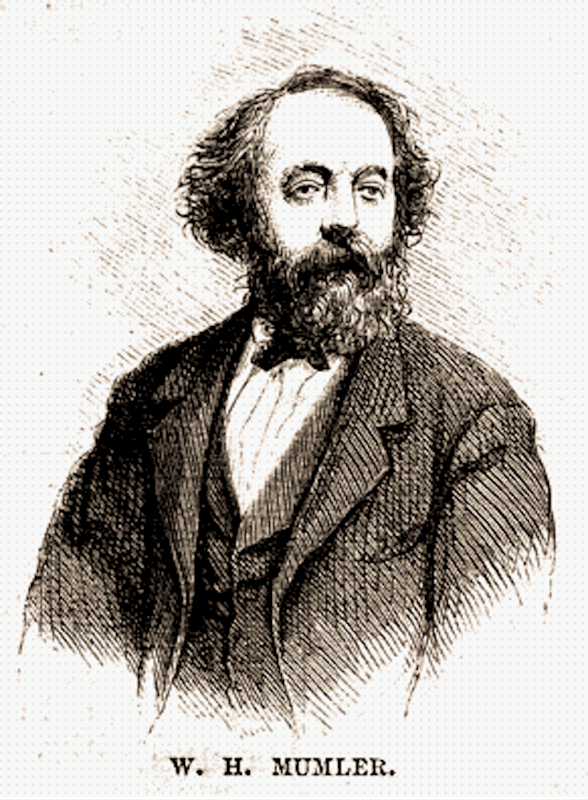
In 1861 William Mumler was working as a jewelry engraver in Boston and dabbling in photography on the side. One day, after developing a self-portrait, he noticed what appeared to be the shadowy figure of a young girl floating beside his own likeness. Mumler assumed it was an accident, the trace of an earlier negative made with the same plate, but friends told him the figure resembled his dead cousin. Soon the unusual photo (below) came to the attention of the spiritualist community, who proclaimed it to be the first photo ever taken of a spirit.
Mumler may have achieved this by inserting a previously prepared positive glass plate, featuring the image of the deceased, into his camera in front of an unused sensitive glass plate, which was then used to photograph his client. This double exposure technique not only captured the image of the client but also the ghostly image from the prepared glass plate in front.
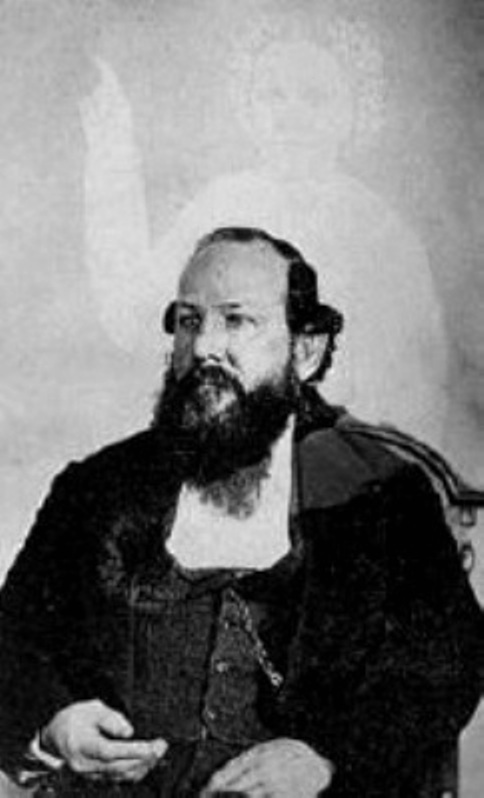
Mumler took advantage of the interest in the photo to go into business as the world's first spirit photographer. He grew wealthy producing spirit photos for grief-stricken clients who had lost relatives in the Civil War.
However, Mumler attracted an enormous number of critics as well as supporters. Some members of the spiritualist community accused him of fraud, alleging that the "spirits" in his photo resembled people who were not only still alive, but who had sat for him recently. Rival photographers grew increasingly alarmed at his popularity, believing that he was blackening the reputation of the profession.
In 1869, after moving to New York City, he was brought up on charges of fraud by the police department who had sent an undercover agent to sit for him. The resulting trial pitted believers in spiritualism against supporters of scientific rationalism. The prosecution brought in professional photographers who explained how Mumler could have easily created the spirit-photo effect through the use of double exposure. The photographer Abraham Bogardus prepared a "fake" spirit photo (below) in which the ghostly image of Abraham Lincoln could be seen floating behind the shoulder of the notorious showman P.T. Barnum.
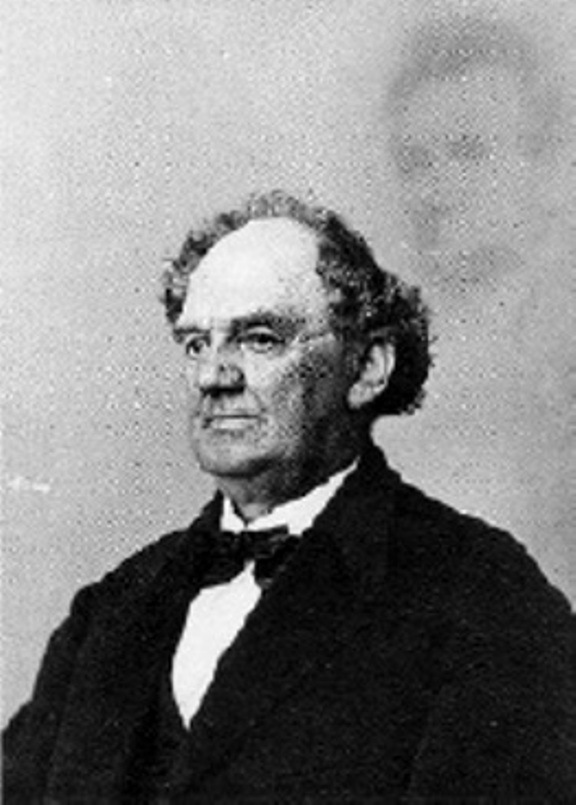
However, Mumler's defense team brought in many of his clients who testified that they believed his spirit photos to be real. In the end, Mumler was acquitted.
After the trial, Mumler moved back to Boston. It was here, around 1871, that he produced his most famous photo (shown at the very top of this page) when Lincoln's widow, Mary Todd Lincoln, showed up at his studio. It is believed to be the last photo ever taken of Mrs. Lincoln, who died in 1882.
Mumler published an autobiography in 1875, but his career was in decline. He stopped producing spirit photos in 1879. When he died in 1884 he was, by most accounts, penniless.
See more about Mumler HERE
William Mumler was not the only one manipulating photos -- there was also William Hope

Above is an example of the Lancaster Instantograph
William Hope
1863 - 1933
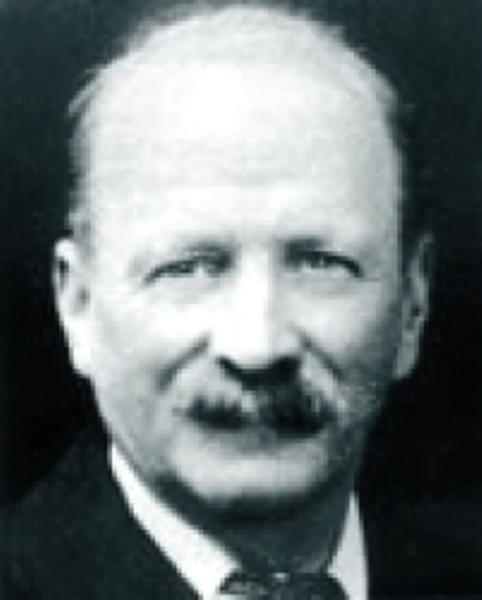
In the early 20th century, an English spiritualist named William Hope claimed to have discovered a unique power between the realms of science and the paranormal — the ability to photograph actual spirits of the dead.
William Hope quickly rose to prominence as a medium and formed a popular spiritualist group known as the Crewe Circle. Families who had lost loved ones would sit for a portrait in Hope's studio, to which the resulting image would appear a ghostly apparition of the deceased. But by 1920, most people were skeptical of Hope's abilities. It was soon revealed that what once appeared to be a channel to the dead was really just a trick of photography.
Many of Hope's original pictures were housed in the collections of the National Science and Media Museum in Bradford, England, but that museum has closed.
Today, his photographs are revered for their artistic craft and their unique place as a precursor to today's "fake news."
Photography wasn’t new during Hope's time — it had been around for 80 years, and even spiritual photography and photographs depicting ghosts and spirits had been around since the mid- to late 19th century. However, there was a large increase in interest and belief in spiritualism in the period Hope worked in. This was due to people seeing friends and family members go to serve in the First World War and never come back.
See more HERE
Below are examples of William Hope's manipulated photos (all circa 1920)

Two of William Hope's friends are seen with a ghost passenger and the couple's deceased son at the wheel.

A woman mourning her husband poses by his body, which is wrapped in sheets and laden with flowers. His free-floating face is superimposed.
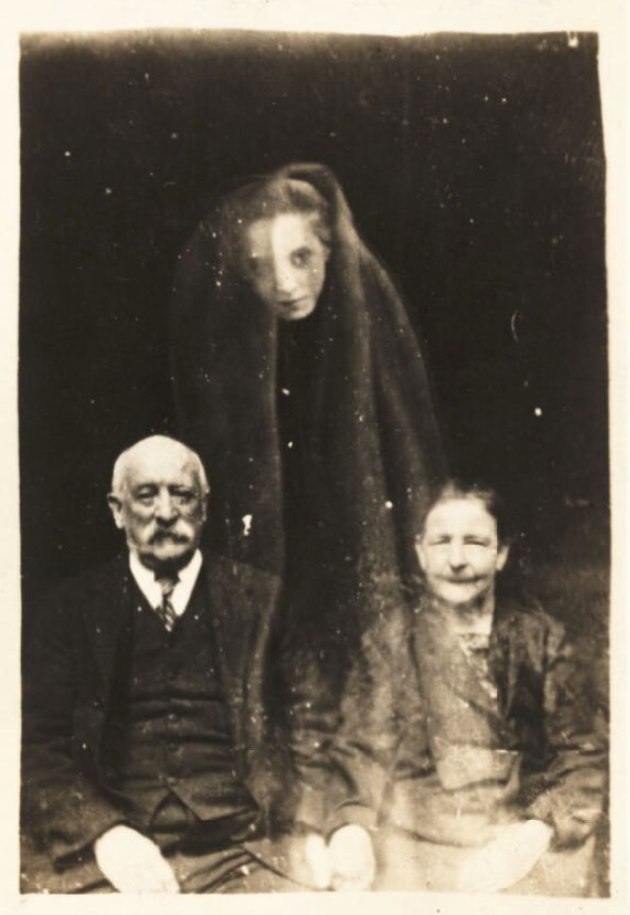
Elderly couple with a young "spirit."
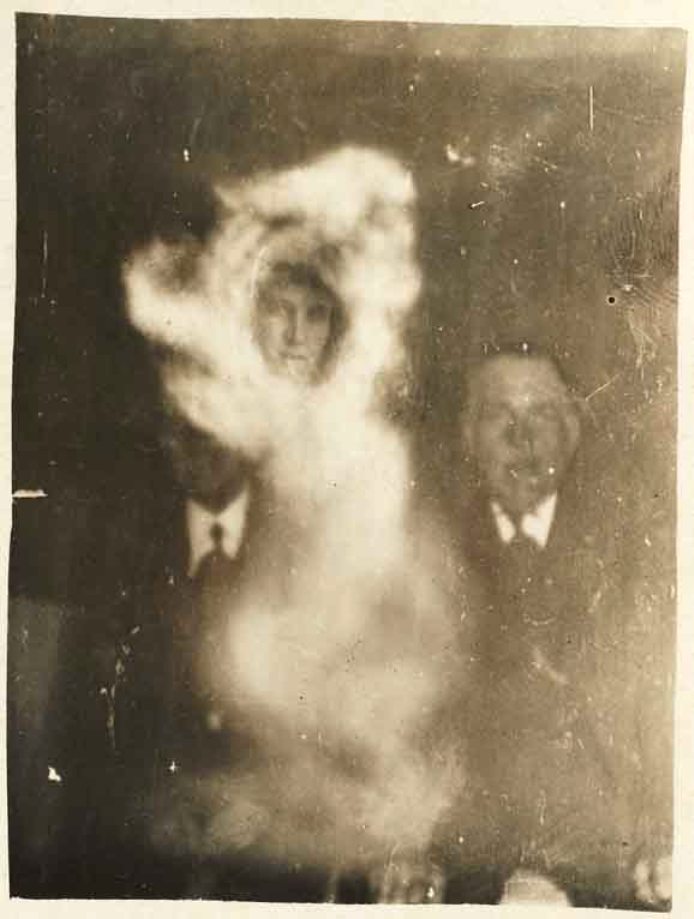
Man with Ectoplasm (from Greek ektos 'outside' and plasma 'something formed or molded'). Ectoplasm is a term that was used in spiritualism to denote a substance or spiritual energy "exteriorized" by physical mediums.
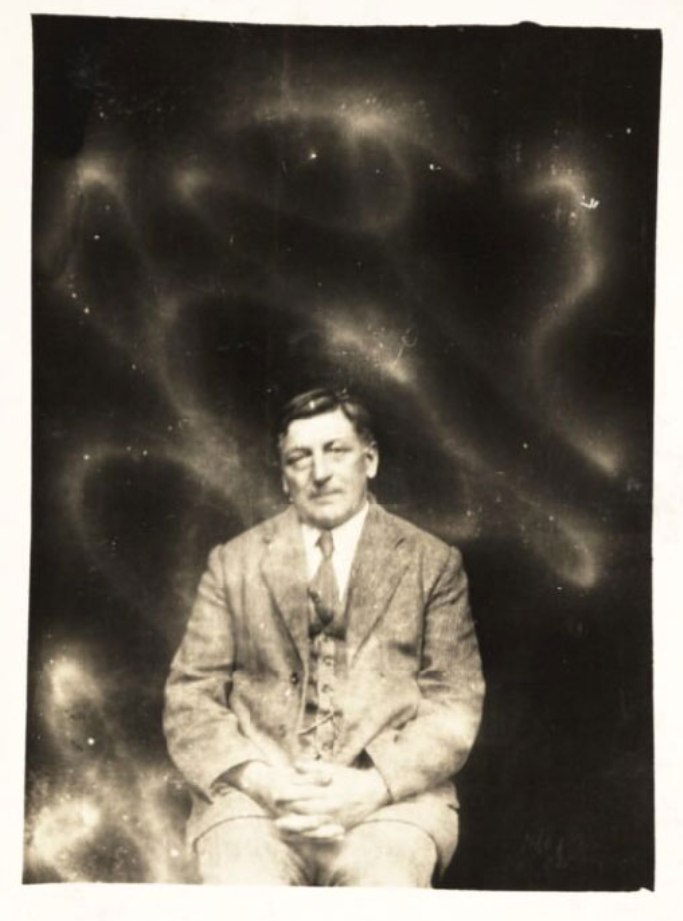
Man with signs of spirit presence.
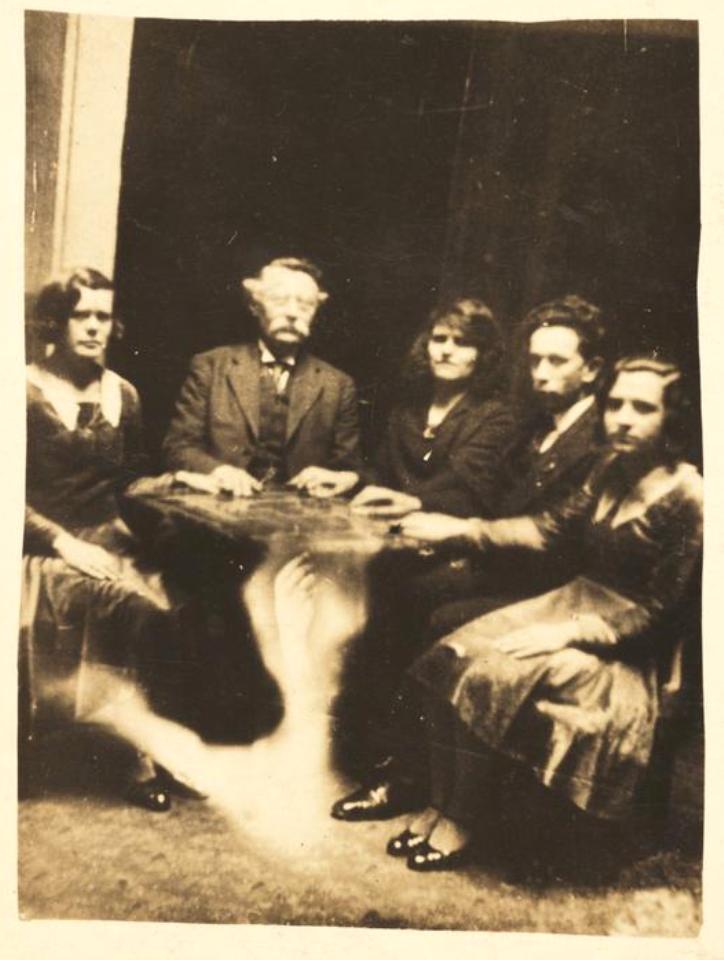
Manipulated photo showing a hand levatating a table during a seance.
Famous fake ghost photos that are more recent
The Brown Lady of Raynham Hall

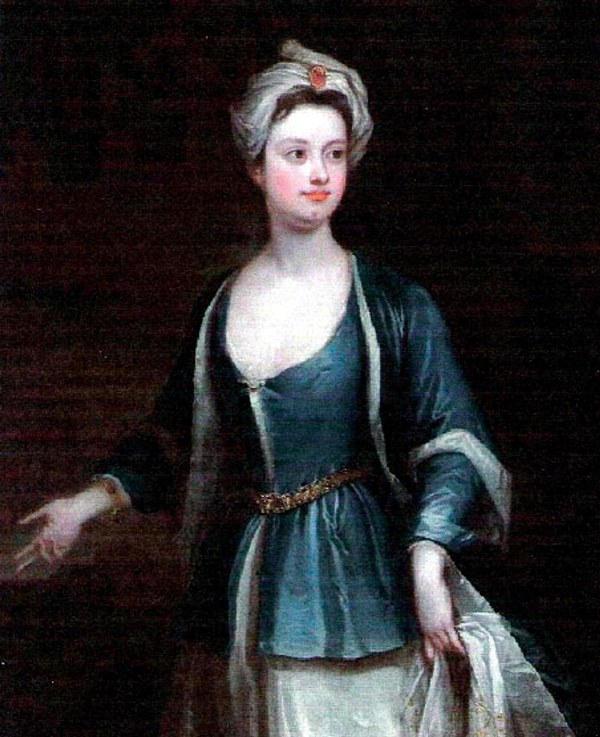
In life, she was a notorious society beauty. Dorothy Walpole, sister of Sir Robert, Britain's first Prime Minister, scandalised Georgian society by having an affair with a penniless lord before marrying an older widower - and dying, aged 40, in mysterious circumstances.
But her infamy spread around the world in 1936, more than 200 years after her death, when she was allegedly captured on film - in what many experts claim is the world's most compelling "ghost" photograph.
Now, 70 years after the picture was taken at Raynham Hall in Norfolk, a leading paranormal investigator has stumbled across evidence that it is a fake.
The evidence includes the discovery that the camera leaked light on to the photographic plate, done on purpose, of course.
Even more likely, the image is not of a spectre, but of either a living figure concealed beneath a sheet, or a simple superimposition of a draped Madonna statue. Many critics have said that the image of the ghost appears to have its hands raised in prayer and the square stand or mount beneath it is more than visible when one examines the shadows. In short, the 1936 image is generally regarded to be little more than a composite of two images.
The Wemtown Ghost Girl
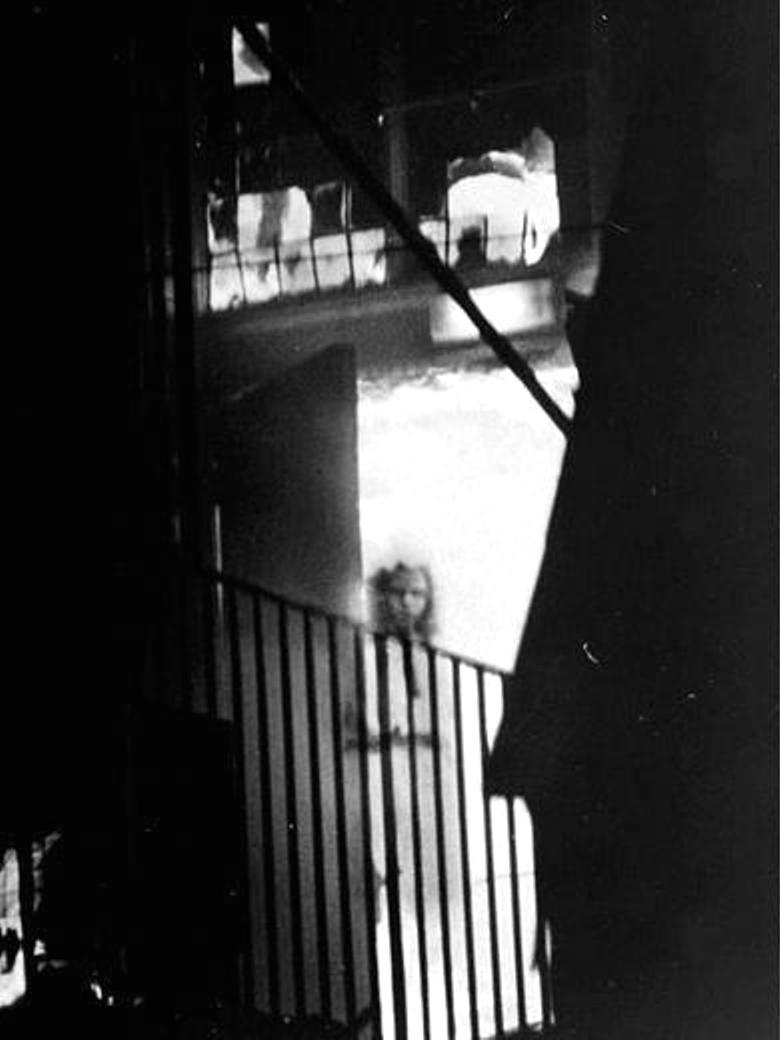
Original fake ghost photo

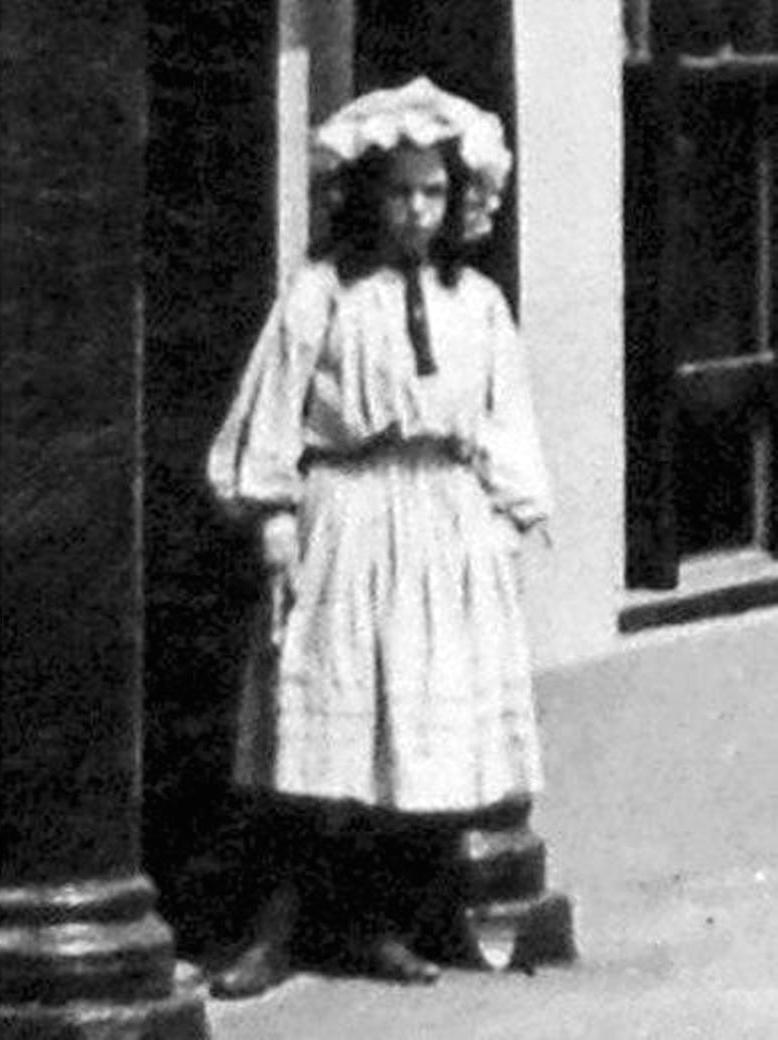
The real Wemtown Girl on a postcard dated 1922.
As a town hall was being destroyed by fire in 1995, an apparition of a little girl - standing behind a rail and surrounded by flames - was apparently captured on camera.
The picture was taken by Tony O'Rahilly, a sewage farm worker and keen photographer, as he stood across the road among a crowd watching the 90-year-old building in Wem, Shropshire, burn down in November 1995.
The 'ghost' image created international headlines. There was local speculation that the girl was 14-year-old Jane Churm, who accidentally started a disastrous fire in Wem in 1677.
But then Brian Lear, 77, said the 'ghost' bears a distinct likeness to a girl standing in a doorway in a photo of Wem's high street. This was used on a postcard dating from 1922.
Mr Lear, a retired engineer from Shrewsbury, spotted the image when it was reproduced last week as part of a nostalgia item in a local paper.
"I was intrigued to find that she bore a striking likeness to the little girl featured as the Wem Ghost," he said. "Her dress, bonnet and ribbon appear to be identical."
Greg Hobson, the curator of photographs at the National Media Museum in Bradford, said: "The postcard offers pretty conclusive proof that this is a hoax. I think we can say the mystery has been solved."
Mr Hobson said the technique used to produce the doctored photograph was probably similar to one used by Edwardian era mediums who purported to capture images of spirits with their relatives during the relatives' consultations as a way of boosting their credibility.
See more HERE